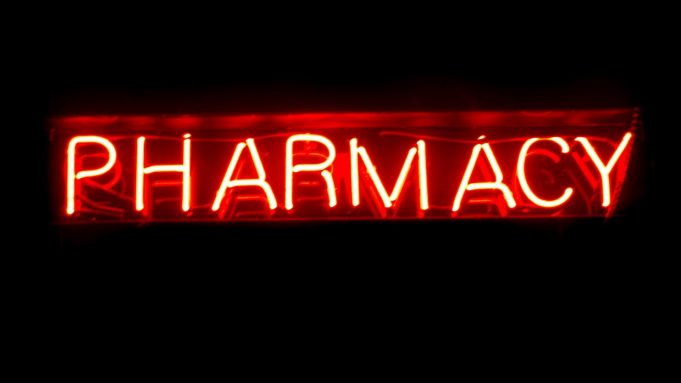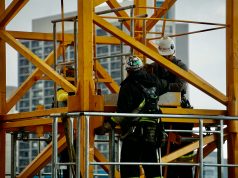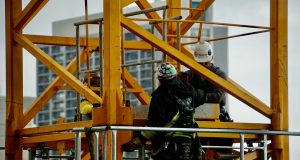When it comes to choosing a sign for your space, cost should always be a consideration. But when it comes to choosing LED neon signs, your money can end up going much further than you may initially expect.
If you are thinking about installing LED neon signs our advice is to have an appropriate budget in mind, have an understanding of the value-add that LED neon signs can offer, and figure out any additional expenses that can spring out from your project . Choosing the right provider can also allow you to benefit from guidance and experience that can help your design.
We get asked many questions about LED neon signs so here are some of the most common questions we encounter when it comes to the expense of adding signage to your space. Starting with-
How long do neon signs last?
Any reliable neon sign will last anywhere between eight to fifteen years.
While there are variables such as environmental conditions, wear and tear, or outright damage; any bespoke build should provide a similar lifespan. If you leave your sign switched on continuously, this can potentially shorten the life of the sign, but not significantly.
Are they expensive to maintain and run?
Surprisingly, no!
LED neon lights are designed to be highly energy efficient and, if electricity usage is a concern for your item, your provider will be able to make recommendations to keep energy usage at a minimum for your build.
As standard an LED sign will use between 15-20% of the conventional power of a normal light or legacy neon device. This is one of the reasons why many individuals choose LED bulbs in the first place and why they have proven to be so popular over the years.
Can a physically damaged sign be fixed?
Thankfully, yes.
Even the most severe damage to a sign can be repaired quickly and effectively. If you reach out to your original supplier, they will have a record of your specifications and design. This will quickly and effectively allow them to create a replacement frame or provide a full-refit if the damage is significant.
Remember that while a LED neon sign is robust, it can still be damaged if insufficiently cared for. Taking the time to consider a safe and secure place to store your sign or packing it up for transit can help prevent issues or the need for additional parts replacement or care.
How hard are they to repair?
LED devices are simple and straightforward by design, making a repair job quick and simple.
If you encounter issues with your sign within the warranty period, contacting the original retailer will allow you to secure a quick and effective solution. If an issue falls outside of this period, contacting your original suppliers will potentially allow you to secure the help you need or the recommendation of another supplier.
How long can I leave them on for?
At a minimum, a provider will test each unit they provide to clients by leaving it running for an extended period of time. Your warranty will also validate how long the device can run for and any responsible supplier will also talk you through this during the initial discovery period.
Depending on your make, model and specifications, your supplier will recommend the maximum amount of time that your sign should be active for. Also, turning your sign off during non-active hours or changing the settings can help increase the lifespan of your model and mitigate the strain of leaving the light on for an extended period.
Can I customise my sign?
Yes – of course!
Part of the commissioning process will involve telling your provider what kind of sign you need, the design you would like to apply, and what you plan on using it for. This will allow you to be as involved as you want to be and be part of the hands-on process of designing your sign.
If you require any extra elements, discussing this with your provider will allow you to receive an appropriate pricing plan and work within your available budget.
Is compliance costed in?
Yes – any bespoke build will be fully compliant with regulations BS EN50107. This is a standard that dictates how much luminous charge a device can output. This is also coupled with regulation BS 7671 that dictates clear standards for how an electrical installation should be wired.
If you have picked up a bespoke build, your sign should be clearly stickered to show that it is in compliance with the established standards and has been tested in full. It is also essential that you internally adhere to relevant standards around the use of electrical items and fire safety, despite the risk of fire from using a unit being significantly low.
In summary, LED neon signs are inexpensive to maintain and run and can be adapted to a wide variety of circumstances. Providing retro-chic with a modern twist, LED neon lights are a discerning choice.














